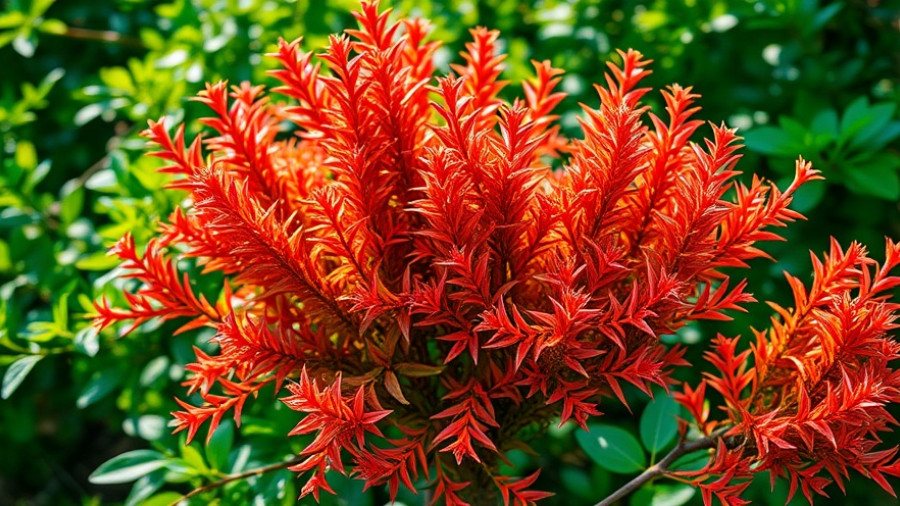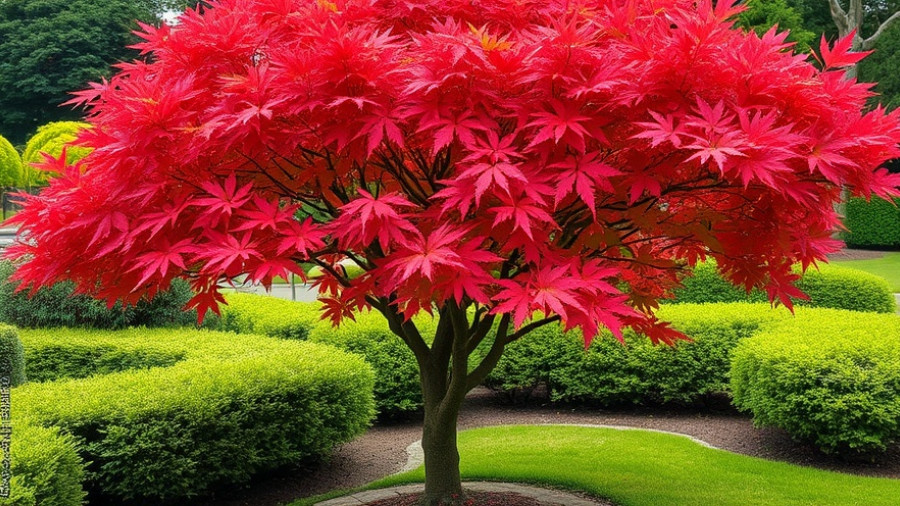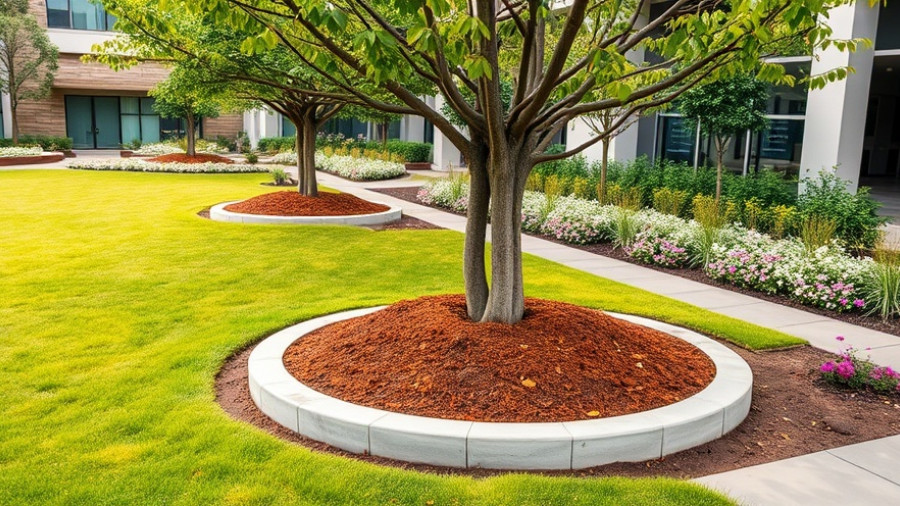
Understanding Invasive Shrubs: A Gardener's Curse
When contemplating a garden's design, the old adage "you reap what you sow" rings particularly true. As beautiful as they may appear, some shrubs mask their invasiveness with charm, becoming a gardener's worst enemy in the process. Selecting the right plants is critical not just for your garden's aesthetic, but for maintaining the ecological balance in your outdoor space.
The Threat of Invasive Shrubs
These invasive species often emerge as seemingly low-maintenance additions to our gardens, yet their rapid grow rates and lack of natural predators lead to detrimental competition for resources. As local Florida gardener Melissa Strauss points out, invasive shrubs—including favorites like Nandina domestica (Heavenly Bamboo) and Ligustrum (Privet)—efficiently displace native plants, posing a significant threat to biodiversity.
For example, heavenly bamboo not only spreads through aggressive seed dispersal via birds, but the berries it produces are toxic to certain wildlife. This shift creates ‘green deserts,’ areas dense with invasive species from which native flora and fauna struggle to thrive.
Why It Matters: Ecosystem Disruption
As invasive shrubs proliferate, they not only retard the growth of native plants but disrupt the natural habitats of birds, pollinators, and wildlife that depend on these indigenous plants for survival. In every corner of the United States, from urban gardens to rural landscapes, invasive species cause a ripple effect. The introduction of non-native shrubs not only threatens local ecosystems but can lead to increased maintenance costs and complexity for gardeners seeking to manage their landscapes.
Identifying Invasive Shrubs: The Usual Suspects
Here are some frequently encountered invasive shrubs that gardeners should avoid:
- Burning Bush: Known for its fiery autumn color, this shrub spreads aggressively, outcompeting native flora.
- Japanese Barberry: Popular for its hardiness, it has become a strong invader in natural areas across the Northeast and Midwest.
- Autumn Olive: This shrub quickly slips into wild landscapes, dominating local flora and hindering regeneration.
- Bush Honeysuckle: Often touted for its ornamental qualities, it forms dense thickets that suppress native growth.
- Privet: An invasive staple in many regions, privet is notorious for its ability to spread rapidly and form impenetrable thickets.
The Better Alternatives: Native Shrubs to Embrace
As we seek to cultivate beautiful spaces while protecting our ecosystems, native plants offer an environmentally sound alternative. Consider these native species, which add both beauty and ecological value to your garden:
- Coral Honeysuckle: Unlike invasive honeysuckles, this native species provides food for hummingbirds and butterflies.
- Fothergilla: With breathtaking spring flowers and vibrant fall colors, these shrubs support a wide array of local wildlife.
- Viburnum: These versatile shrubs bring seasonal beauty and provide essential habitats for pollinators.
Making Thoughtful Choices for Your Landscape
Gardening is not just about aesthetics—it's a commitment to the environment. When planning your landscape, think long-term. Research native plants that will flourish in your setting while supporting local biodiversity. Moreover, local extension offices can provide valuable insight into which species are invasive in your region and recommend beautiful, non-invasive alternatives.
With conscious plant choices and a keen understanding of the ecological consequences of invasive species, gardeners can design and maintain spaces that are both stunning and ecologically rich. By stepping away from glamour and focusing on native beauty, we contribute to a vibrant local ecosystem.
Ready to create an eco-friendly space? Explore native gardening resources today and invest in your yard’s health!
 Add Row
Add Row  Add
Add 




Write A Comment